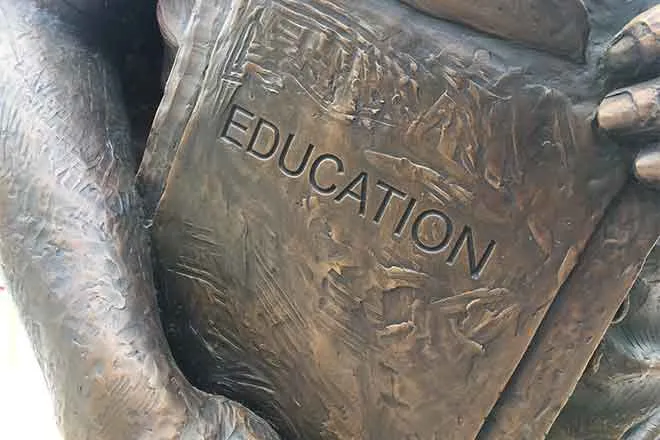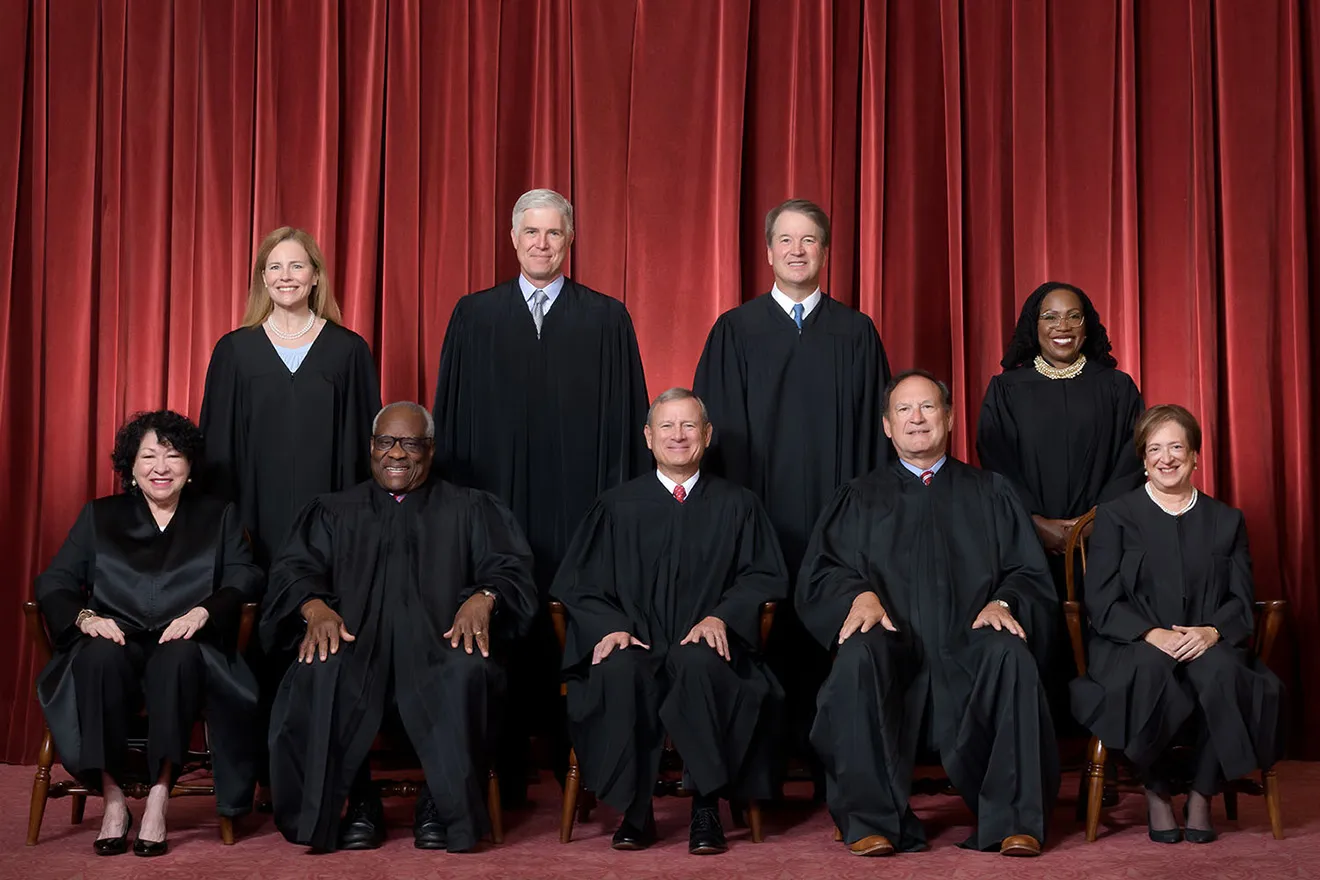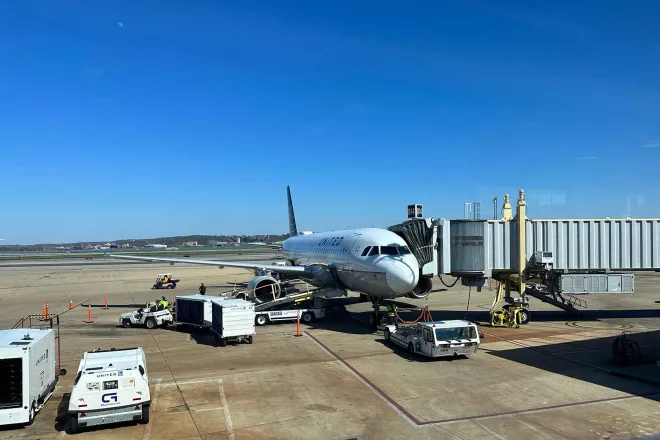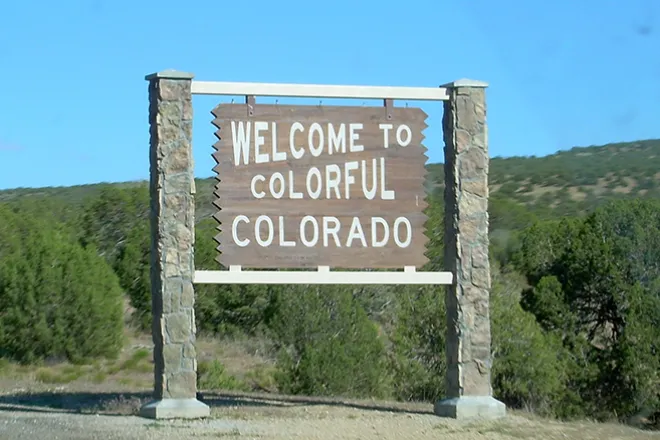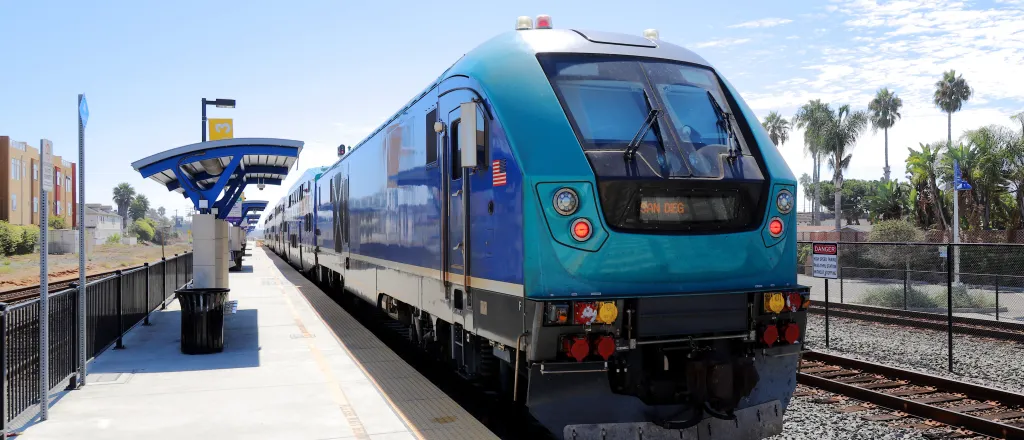
Colorado officials plan Denver-Fort Collins rail service by 2029
© Laser1987 iStock-1429700908
About $40 million a year in state funding from new transportation fees could be the key to getting a short passenger rail line from Denver to Fort Collins up and running in the next four years, Colorado officials said last week.
The project, spearheaded by Governor Jared Polis and some of his top advisers, envisions a “joint service” between the Front Range Passenger Rail District, which eventually plans to serve cities as far south as Pueblo, and the Denver-area Regional Transportation District, which has struggled to complete a commuter line from Denver to Boulder that voters first approved more than 20 years ago.
“What we have in Colorado is a population who very much supports transit and rail, and would like to see an expansion of transit and rail, but they really need to see to believe,” Lisa Kaufmann, a senior strategic adviser to Polis, told members of the state’s Transportation Commission last week. “I think that we have a history of overpromising and not delivering rail projects in Colorado that looms large in all these conversations.”

© iStock - PromesaArtStudio.
The service would initially run three times a day between Denver and Fort Collins, with potential stops in Westminster, Broomfield, Louisville, Boulder, Longmont and Loveland. The total price tag, including operating costs and debt payments for projected capital expenditures, is estimated at $83 million a year beginning in 2029, and about half that total would be covered by dedicated revenue from the state’s new fees on rental cars and oil and gas production. RTD sales tax revenue could cover the other half, state officials said.
An intergovernmental agreement between RTD, FRPR and the Colorado Department of Transportation is being drafted and will be presented to each agency’s governing board this summer, Kaufmann said. A joint committee will then start formal negotiations with BNSF, the railroad that owns the track the service will use, over an access agreement.
The railroad giant’s price tag for the use of their tracks was a crucial factor that derailed RTD’s plans for its commuter rail line to Boulder, which voters approved as part of the FasTracks plan in 2004. Agency officials had estimated that a lease would cost $66 million, but BNSF — one half of a duopoly, with Union Pacific, that owns virtually all U.S. railroads west of the Mississippi — quoted an upfront cost of $535 million in 2011, setting the project’s timeline back by decades.
Capital costs for any passenger rail service in BNSF’s rail corridor account for station infrastructure and safety mechanisms, including a so-called positive train control system, that are not required for the freight traffic that currently uses the Denver-to-Fort Collins segment. The state’s initial financial estimates, prepared by engineering consultancy HNTB, include $198 million in expenditures on signaling and communications upgrades, $124 million for vehicles and $92 million for station infrastructure.
“They want to work with us to make this possible, but of course, they are a business that they are running, and they want to do it in a way that’s mutually beneficial,” Kaufmann told commissioners about BNSF.
“In our private conversations with them, they believe that there is more cost savings to be had, once we get into real negotiations with them, than even what we’ve priced out through our study,” she added.
Mountain rail
State officials hope the launch of the northern Front Range route will follow on the heels of a separate “mountain rail” service planned to begin daily round trips from Denver to Granby by the end of 2026. They announced earlier this month that they had negotiated an access agreement with Union Pacific in exchange for the railroad’s continued use of the state-owned Moffat Tunnel, which crosses under the Continental Divide and serves as the only link between the eastern and western halves of the state’s rail network.
The year-round mountain rail route, which could eventually extend as far as Steamboat Springs, Hayden and Craig, will aim to build on the success of the Winter Park Express, a seasonal route that takes passengers from Denver to the Winter Park ski resort and back. Operated by Amtrak, the route was revived in 2017 and reached a new high in ridership during the 2025 ski season, state officials announced Friday. Trains averaged 89 percent full throughout the line’s three and a half months of operation, serving a total of 43,919 riders.

© iStock - tycoon751 - 491070078
“We believe that increased ridership at this level is helping to take cars off congested roadways and make everyone safer,” Sally Chafee, CDOT’s acting director, said in a press release. “It also means much lower emissions per passenger mile, so there’s a huge environmental benefit here.”
Meanwhile, officials at the Front Range Passenger Rail District are moving forward with long-term plans for service between Pueblo and Fort Collins, with a vote on a district-wide sales tax hike to fund the project coming as soon as 2026. While the Denver-to-Fort Collins “starter service” could begin by 2029, a “full build” may still be decades away.
The district last week launched a virtual open house to invite Coloradans to give feedback on its service development plan, which it will complete by the end of this year. Out of five different alternatives studied by CDOT and FRPR staff, the district is recommending a plan that envisions a “full build” of 10 daily round trips along the proposed line by 2045. Members of the public are invited to share their thoughts on the alternatives analysis before June 15.
“This is an opportunity to better understand the recommended alternative and ask questions about the Service Development Plan,” said Chrissy Breit, FRPR’s interim general manager. “Community input is vital to shaping a transportation solution that reflects the region’s needs and priorities.”



